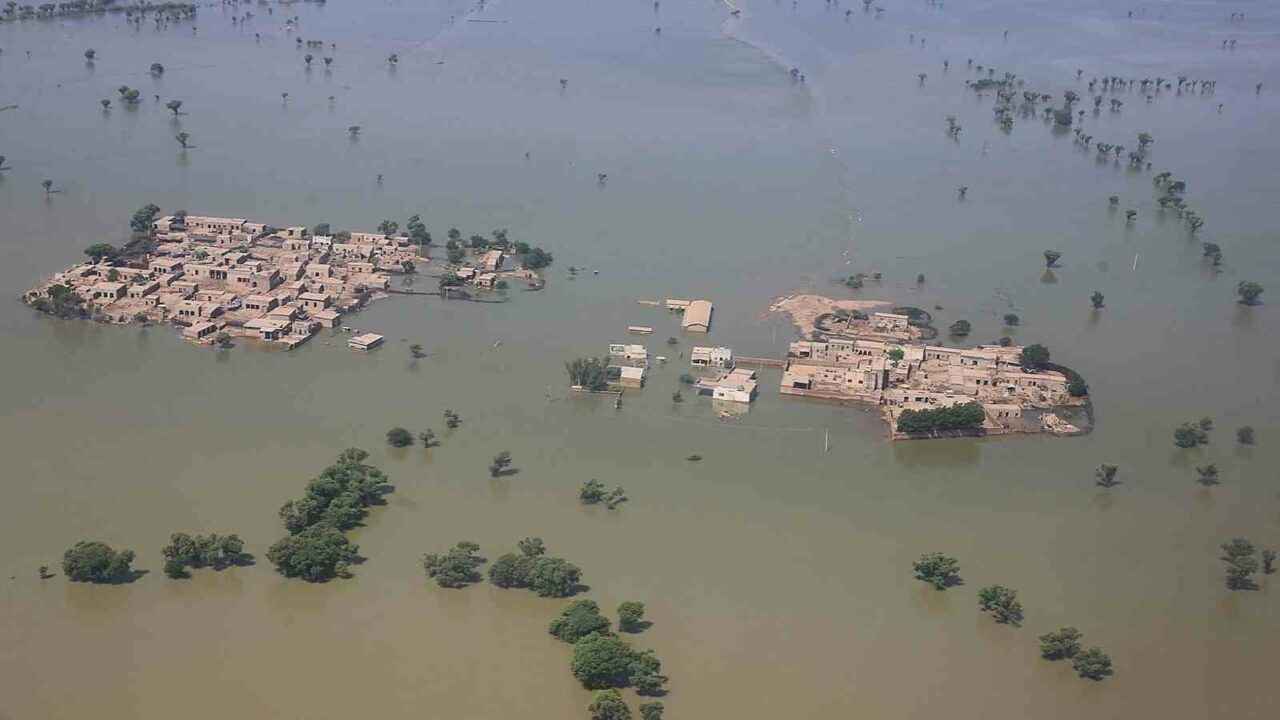Pakistan’s macroeconomic vulnerabilities are not going anywhere as the country is reeling under a severe dollar liquidity crunch while the recent flash floods have aggravated. This comes despite a resumption of the IMF programme after a pause of seven months, reported The News International.
Top govt sources said that Pakistan’s macroeconomic vulnerabilities are not going anywhere without improving dollar injections. Pakistan has not yet made any fresh request to the IMF for the provision of a Rapid Financing Instrument (RFI) or Natural Calamity Response-related funding facility on the expectations of a lukewarm response from the Washington-based international lender.
The IMF programme under USD 6.5 billion was restored in late August after it was stalled in February 2022 under Imran Khan-led Pakistan Tehreek-e-Insaf (PTI) regime when it provided unfunded fuel and electricity subsidies, reported The News International. Moreover, in the wake of severe floods, the initially estimated losses have accumulated in the range of USD 18 billion, Pakistan’s agriculture sector faces the worst blow as the agriculture growth might remain zero or slide into negative against the envisaged target of 3.9 per cent for the current financial year 2022-23.
The worst performance of the agriculture sector will put pressure on increased demand for commodities imports and if Pakistan fails to generate desired levels of dollar inflows it might create food shortages in the current fiscal year, reported The News International. “The situation has aggravated as demand for imports has gone up manifold but the country does not have enough dollars. So in totality, the exchange rate has gone under immense pressure in recent days whereby the rupee nosedived 9 per cent against the US dollar,” top official sources said while talking to The News here on Friday.
It is estimated that Pakistan will have to import additional cotton worth USD 2 billion during the current fiscal year because it witnessed severe damages in the wake of flash floods affecting those areas of Sindh where the cotton production was destroyed completely. Now the government will have to dewater the areas where sowing of wheat is done, otherwise, there is a potential threat of less production in the range of 3 to 5 million tonnes. The minor crops of onion and tomato were also damaged in KP and Sindh. The demand for the import of pulses might also go up for the current fiscal year.
Another problem may emerge on the trade front as the country’s exports rely upon imports on accounts of raw material and inter-mediatory goods as value was added for exporting finished products, reported The New International. In the wake of the increased economic losses and reduced GDP growth, the per capita income is projected to slow down. The government had envisaged a GDP growth rate of 5 per cent for the current fiscal year.
Moreover, poverty and unemployment will go up manifold from 21.9 per cent to over 36 per cent. Some 37 per cent population was hit by poverty after floods in 118 districts, as estimated by the Pakistan government. A high-profile committee with representation from the Ministry of Finance, Ministry of Planning, State Bank of Pakistan, FBR, PIDE and others evaluated that poverty and unemployment have gone up manifold, rising from 21.9 per cent to over 36 per cent.


















